We're an affiliate
We hope you love the products we recommend! Just so you know, we may collect a share of sales or other compensation from the links on this page at no additional cost to you. Thank you if you use our links, we really appreciate it!
Touching your cat’s soft, fluffy coat is genuinely irresistible but where do cats like to be petted? Most cat parents spend their bonding time with their cat by petting them.
Most cats love to be petted and stroked, but there are still dos and don’ts in petting your precious furbaby.
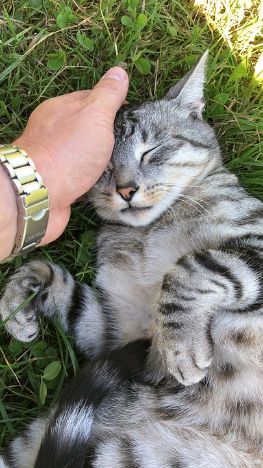
However, there are times when you try to pet them and they avoid you or run away. An upset cat can cause distress to them and may even result in unwanted behavior such as scratching and biting, but if you know which are the dos and don’ts of petting them, petting time will be a breeze!
One of the reasons why we love cats so much is because they can be particular about many things, such as where they like to be touched.
Some parts always seem to be a sweet spot, while others may cause them to be upset. Due to this behavior, science has taken time to take this over, and Dr. Marty Becker, DMV, has done a study about it.
How Do Cats Like To Be Petted?
It’s a golden rule that cats do not like being squeezed. And that’s one of the main reasons why cats dislike children.
Even though your cat can tolerate some tough love and appears that it doesn’t mind being squeezed, the truth is they hate it. Forceful petting is not a proper way to handle a cat, unlike dogs who can tolerate forceful petting.
Cats are precious creatures and should be handled with care. Being gentle, however, doesn’t mean that you will barely touch your furbaby’s coat.
Soft strokes, caresses, gentle massages, and light scratching are pleasurable for cats. That’s why many cats love being brushed or combed with cat brushes with soft silicone tips.

Keep in mind that some cats are less sociable than others. If yours happens to be one of them, it might act distant for your attempts to pet it.
Encourage your cat to be open to the idea of petting by rewarding them with small amounts of food or some cat treats. This way, it will relate to the experience of being petted with something pleasurable.
Some cats need your assurance while eating and they would want you to look at them as they eat and possibly pet them.
Where Do Cats Like To Be Petted?
As a general rule, here are the sweet spots that they get ecstatic when petted. Keep in mind that if for some reason, they do not get excited when you pet that part, move on to the next.
1. Chin and Neck
The chin, behind the whiskers, and the neck areas are the sweetest spots. Cats love being caressed in these areas, and they might even rub themselves against you when they’re seeking your love and attention.
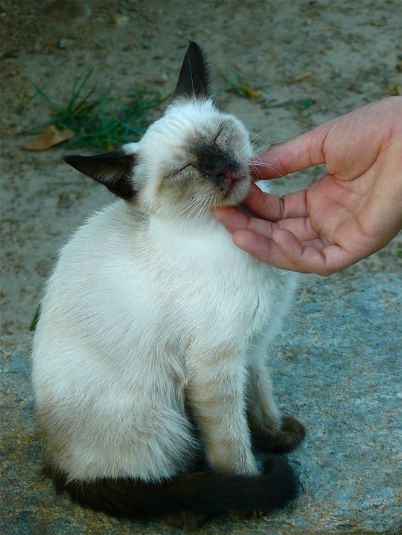
Resist the desire to entirely hold the cat’s head in your hand, as this can be seen as an aggressive stroke by your cat.
2. Between and Behind the Ears
When petting these areas, use gentle pressure while stroking your furbaby and look out for visible signals of pleasure, such as purring, lazy eyes, arched back, and soft rotation of their head and the whiskers.
3. The Back
You can safely stroke your cat, starting from the back of its head to the base of its tail, but never touch the tail. Keep going in one direction towards the tail as cats don’t like being petted in the direction from their tail to the head.
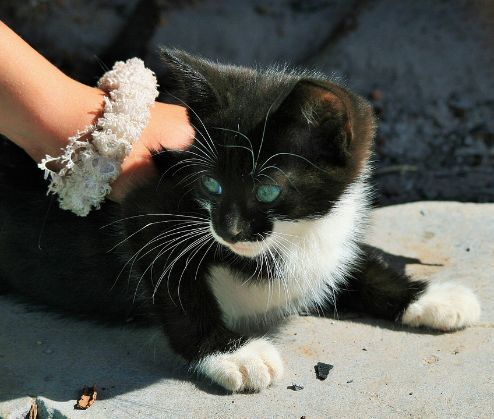
4. Sides
You can pet your cat sideways if he is lying on his side and seem to be relaxed. You can try this only if the cat is next to you or on your lap, or else he might feel threatened by the chance of an accidental belly rub, which they dislike.
Areas to Avoid When Petting Cats
Of course, there are still boundaries to certain body parts for your cats. Here are the parts you need to watch out when having a petting session with your furbaby.
1. The Tail
Your cat’s tail should be off-limits. The movement of a twitching tail may be an interesting spot to touch for children, but warn them to keep their hands away from this part.
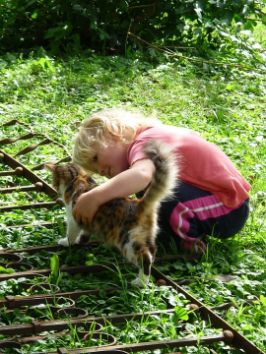
2. The Belly
The “tummy trap” is one of the most popular behaviors of cats that is disliked by many cat lovers. If you have ever seen your cat sleeping on its back, exposing its belly, you may be thinking to pet this as you would with a dog.
On the contrary, cats do not like their belly to be pet and they are trying to tell you that that they fully trust you that you won’t do anything harmful and will not pet them in this area.
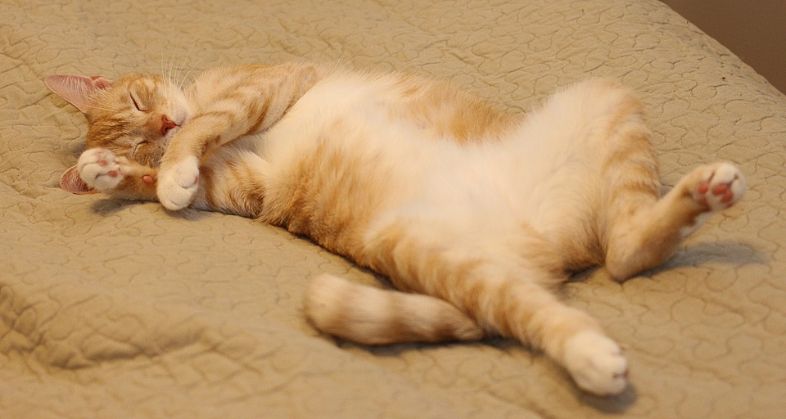
3. The Paws
These are among the most sensitive spots on any cat and trust us, and you should not rub them at all. Some cats love it when their owners play with their feet during playtime sessions, but the paws should be avoided when it comes to petting.
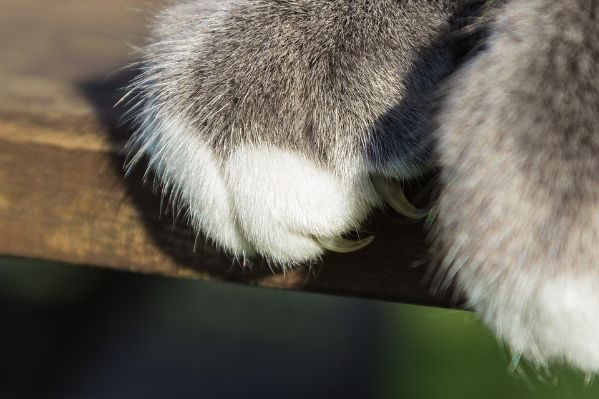
However, if you have been petting their paws while they are still kittens and they got used to it, your cat may be okay with it.
Find out what it means when a cat reaches his paws out to you.
4. The Legs
Petting a cat’s front and back legs will make her feel vulnerable, to the point of thinking that they are trapped.
Avoid petting these areas to avoid any aggression, and besides, these areas are not the softest part of the cat.
To sum up the good and the bad places in petting your feline friend, check out this handy photo:
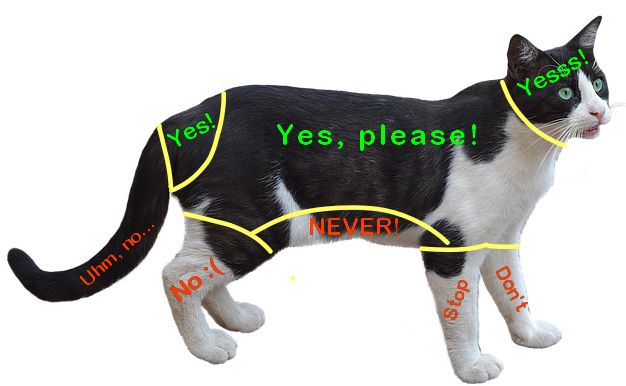
Why Do Cats Like Being Petted?
A study from Frontiers in Psychology confirmed that positive interaction with pets reduces stress in humans.
This just shows that having a strong bonding with your pet will promote good health and longevity, But if you have a cat, you may wonder if they are feeling the same way too. Now, let’s find out if cats like to be petted and held.
If you know how to do it properly, the answer is yes. Contrary to the popular belief that most cats are unapproachable, some cats seek attention and physical touch.

When cats groom themselves, their favorite part to lick are their paws and legs, and when you pet them at these parts, they are always reminded that you are grooming them.
Head scratching could also remind them of when they were kittens wherein their mother would lick the tops of their heads as a way of tender, loving care.
And sometimes they lick their owners to reciprocate the love and affection they receive.
Science tells us to rub their forehead, cheeks, and chin because this is where their scent glands are concentrated. Whenever these sweet spots are rubbed, they’re spreading their scent as a way to mark territories.

Finally, something extraordinary happens when they rub their forehead against you, which is called bunting. When they do this friendly behavior, your cat marks you as their territory and expresses how comfortable you are.
Why Do Some Cats Hate Being Petted?
While you think you’re giving your cat some love, they think your hands are like incoming missiles. There are still certain cats that do not like to be petted whether on a specific body part or all over their body.
Some will even react by attacking and biting your arm to escape your touches. These are the various reasons why your cat avoids you when attempting to pet them:
1. A Cat’s Preference
Certain body parts on cats are off-limits for human touch. You may find a bit of resistance around the face, especially the eye expression, and some cats aren’t fans of you stroking around there.
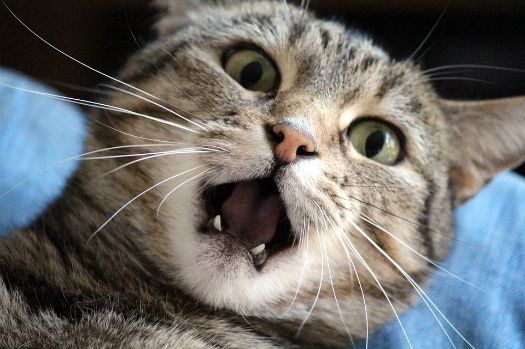
2. The Way They Were Raised
Kittens that grew up being held and petted by their pet owners are most likely more tolerable to pets. Meanwhile, cats who grew up with a rough life, usually those who are rescued from the streets or from abusive pet parents, will naturally be more cautious around human hands.

If a cat is rarely petted while they were kittens, they may not get used to it in the future. If their owners never held them in the first place, a cat wouldn’t be excited about someone hugging and picking them up as an adult.
3. Pain
Cats in pain will not enjoy being petted on the parts that hurt, even by applying a soothing pat. An abscess on the affected area or a bad hip will not feel good even when the gentlest pressure is applied.
And since cats are excellent at disguising their pain, you’ll have a hard time knowing that without your veterinarian’s help.
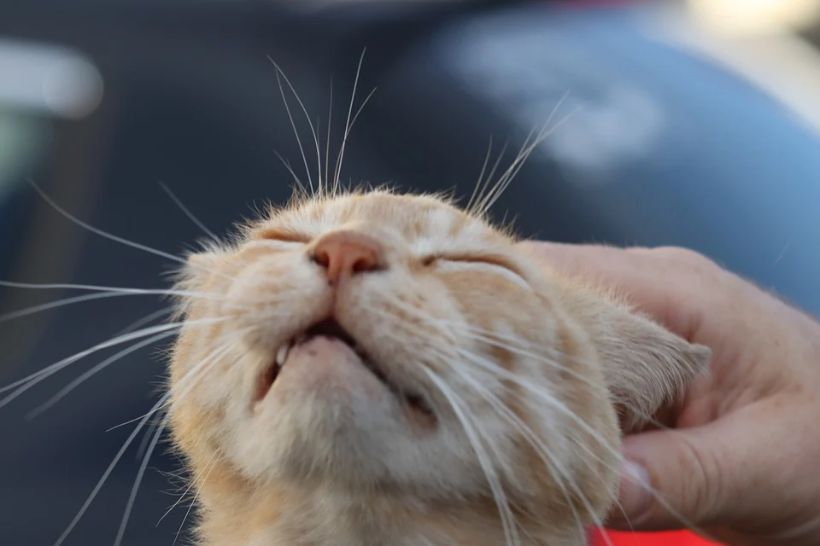
4. Aggression
Instead of leaving when you try to pet them, some cats become aggressive to the point of lashing out. Some cats become overly excited when being petted, while some get irritated easily.
5. Scared
Sometimes bad weather coupled with thunder and lightning will make the hairs stand up on your cat’s back.
Whatever the reason is, scared cats are not too open to any petting. The idea behind this is that they’re already on high alert and not anticipating any more stress. Wait for a couple of minutes before petting them again.

In cases when a new cat is brought home, they will be most likely scared of the new surroundings and new faces. You have to let the cat adjust to their new environment and pet them after a few weeks of familiarization.
You should time your petting sessions carefully since cats are more receptive to being stroked when they are at ease and relaxed. Always pet your cat if you see that they wanted to be petted, not because you want to pet them.
Establishing Trust With Your Cat
Before we go out and about in petting our cat, we must establish a solid foundation of trust in each other. It is essential to avoid any anxiety, especially if you have a new cat.
1. When you encounter a new cat, don’t approach it immediately and begin to pet it. Cats don’t trust strangers as fast as most people thought. Also, add the fact that you are ten times your cat’s size, and, understandably, it will be scary at first.
2. Instead, allow your cat to approach you. When the cat gives in to get your attention, it will let you know through these visual cues: rubbing up against your legs, purring, rubbing its head or cheeks against you, or sitting in your lap.
3. When handling a new cat, it is best to start by gently scratching the top of its head, between the ears. Don’t engage in full-body strokes, ear scratches, or tail petting until the cat has become thoroughly familiarized to you.

4. Never pet a cat when it is lying on its back. A cat will often roll on its back, exposing their belly, and butt area to you. Most people would think that they are asking for a belly rub.
However, it is a sign that your cat is showing submission to you and is requesting you not to violate its personal space. Breaching this trust and going for the cat’s tummy is a surefire way to get bitten and clawed.

While some cats occasionally enjoy belly rubs, most do not. If an unfamiliar or new cat lies on its back and stares at you, it is most likely a “tummy trap,” you will probably get bitten or clawed when trying to pet it.
5. Most pet parents get attacked by cats when trying to pet because of miscommunication. Keep in mind that just because your furbaby approaches you, it doesn’t always mean they want affection from you.
A cat may approach you to sniff you and check you out, because it wants to play, or because they are hungry. Some signs that the cat is not in the mood for petting include:
- Flattened ears
- Dilated pupils
- Quickly swaying its tail in the air or thumping it on the ground
- When they stop purring immediately
- Relentless body shifting or twitching
- Growling or hissing
Is this Applicable to Any Breed or Age?
Some cat breeds are more responsive to petting and hugs than others. A perfect example of a hug-loving breed is a Siamese, which is a playful and fun-loving breed that will require lots of petting and attention.
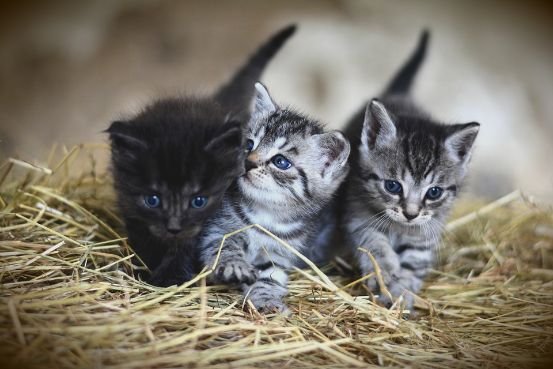
Don’t get worried if your cat resists any physical attention because it may just be part of your cat’s personality.
If a kitten was unable to socialize with humans at an early age thoroughly, she might be unenthusiastic to accept affection.
You can acclimate your cat using the strategies above, but keep in mind that some cats simply don’t enjoy being picked up or petted.
We hope that we have helped you understand where do cats like to be petted. Always remember that patience and being attentive to your cat’s needs will form a strong bond that will ensure a strong, lifelong companionship.
Do you have any more tips that you can share with our pet parent community? Comment down below!
Laura is the founder of Furs'n'Paws. She is a also a pet writer and expert with more than 20 years of experience of working with dogs and cats. She developed a very strong love for animals at a young age. Her passion led her to establish a thriving pet sitting and dog walking business in Dubai. As an expert in pet training, behavior, and nutrition, Laura is committed to helping pet owners and pet lovers by offering high-quality information on a wide range of topics.


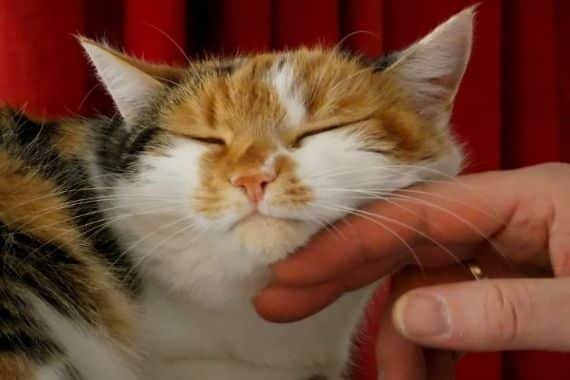
No responses yet